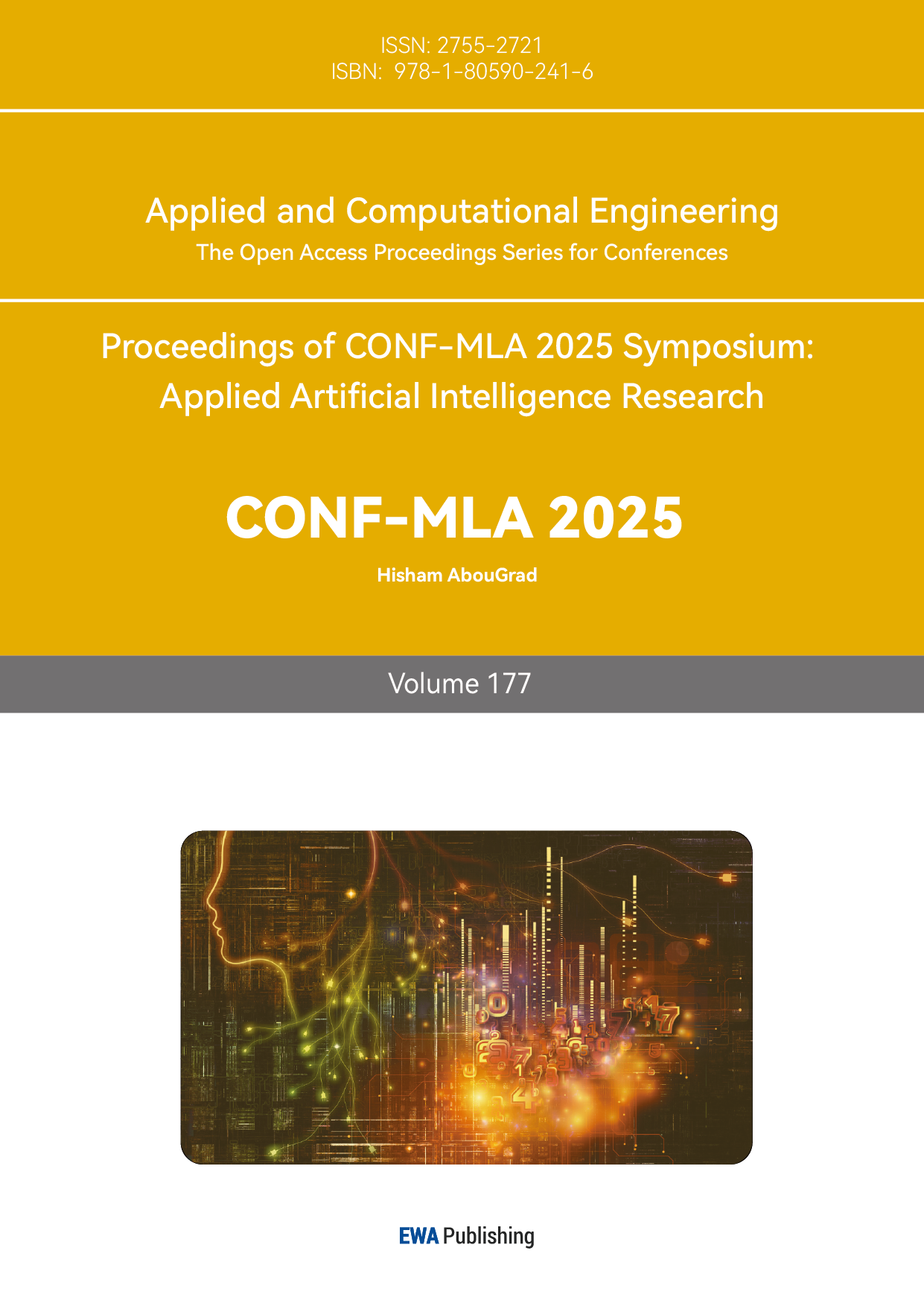References
[1]. Li Y, Tan C S, Du J Q, Fang L K. Research progress of bionic olfactory systems [J]. Journal of Functional Materials and Devices, 2022, 28(05): 401-408.
[2]. Vasiliki S. Assessment of volatile aromatic compounds in smoke tainted cabernet sauvignon wines using a low-cost e-nose and machine learning modelling [J]. Molecules, 2021, 26(16): 5108.
[3]. Margherita M. Differentiation through E-nose and GC-FID data modeling of rosé sparkling wines elaborated via traditional and Charmat methods [J]. Journal of the Science of Food and Agriculture, 2023, 105(3): 1439-1447.
[4]. Stefano P. Identifying wine grape aromatic maturity using e-nose and GC-MS: the case of nerello mascalese grapes from two contrade of the etna area [J]. OENO One, 2024, 58.
[5]. Sergio L S J. Discrimination analysis of wines made from four species of blueberry through their olfactory signatures using an e-nose [J]. Food Science & Technology, 2023, 187: 115320
[6]. Zhu H Z, Chen P H, Cai G L. Research on application of relationship mining into red wine data based on LDA model [J]. Computer Engineering and Applications, 2019, 55(4): 148-153.
[7]. Wang Q. Research on novel electronic nose gas recognition algorithm based on convolutional neural network [D]. JiangSu: China University of Mining and Technology, 2024.



